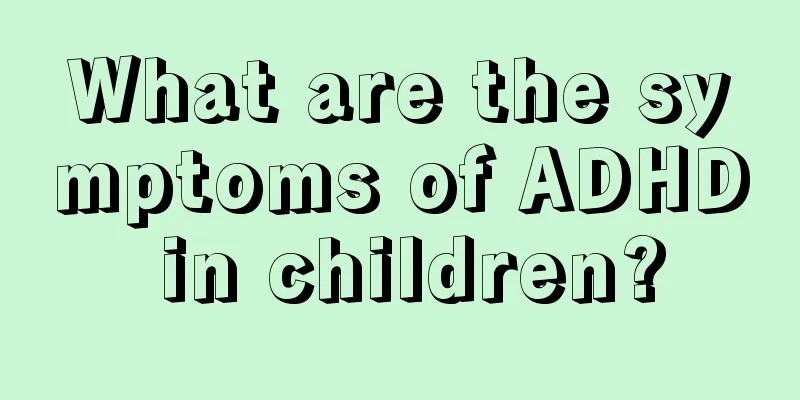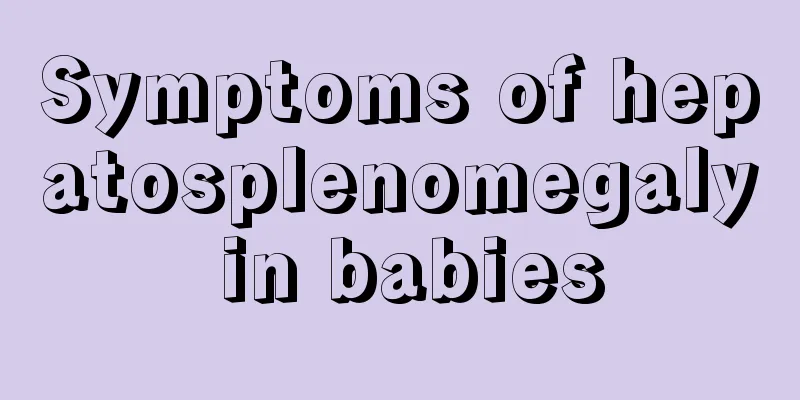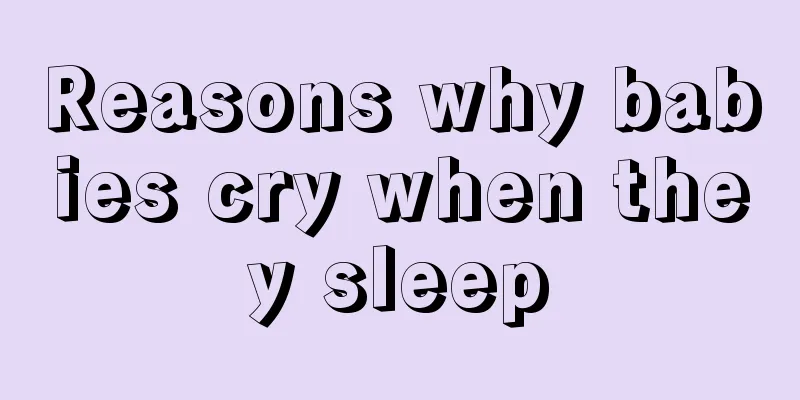What are the symptoms of ADHD in children?

|
I don't know if you have ever heard a saying that children who are willing to endure the cold and work hard are generally smarter. But after you have children in the family, don't expect a quiet day. Some children are particularly naughty and never stop playing. At this time, as parents, we must pay attention to it. So we must understand some common symptoms of ADHD. Attention deficit Children with this disorder have a short attention span and are easily distracted. They are often unable to filter out irrelevant stimuli and will react to a variety of stimuli. Therefore, when the children are listening to lectures, doing homework or doing other things, they often have difficulty maintaining their attention for a long time and are prone to being dazed and absent-minded; they are often distracted by the movement in the surrounding environment, and look around or interrupt the conversation; they often have difficulty persisting in doing things, and often start another thing before finishing one thing; they have difficulty always following instructions and completing the required tasks; they often do not pay attention to details when doing things, and often make mistakes due to carelessness; they often intentionally avoid or are unwilling to engage in tasks that require longer periods of concentration, such as doing homework, and cannot complete these tasks on time. Often loses things, or is forgetful; when talking to him/her, he/she is often absent-minded and seems to be listening half-heartedly. Hyperactivity Hyperactivity refers to a child's activity level that exceeds that which is developmentally appropriate compared to most children of the same age and gender. Hyperactivity often begins in early childhood, but in some children it begins in infancy. During infancy, the affected children are extremely lively and love to climb out of the cradle or stroller. When they start to walk, they often run instead of walk. After the early childhood period, the affected children are active and cannot sit still. They love to climb up and down, rummage through boxes and drawers, and have difficulty doing things or playing quietly. After going to school, the children's symptoms became more prominent due to disciplinary restrictions. The child cannot sit still in class. He twists and turns in his seat, makes many small movements, often plays with pencils, erasers and even school bag straps, talks to classmates, and even gets out of his seat. After class, he annoys classmates, talks a lot, likes to run around and make noise, and has difficulty playing quietly. After entering puberty, children's small movements decrease, but they may feel restless subjectively. Good impulse Children with this disorder act impulsively without considering the consequences. Therefore, children with this disease often interrupt or interrupt other people's conversations regardless of the occasion; often disturb or interfere with other people's activities; often answer without permission before the teacher has finished asking a question; often climb up and down without considering the danger; and recklessly cause harm to others or themselves. Children with this disease are often emotionally unstable and easily overexcited. They are also prone to becoming impatient, losing their temper or crying over trivial matters, and may even exhibit rebellious and aggressive behavior. Cognitive impairment and learning difficulties Some children with this disorder have spatial perception disorders, audio-visual conversion disorders, etc. Although the children have normal or near-normal intelligence, they often have learning difficulties due to attention disorders, hyperactivity and cognitive impairment, and their academic performance is often significantly lower than the expected level of intelligence. Xiaoqiang’s situation in the case is enough to illustrate this feature. Emotional and behavioral disorders Some children with this disorder suffer from anxiety and depression due to frequent criticism from teachers and parents and rejection from peers. About 20% to 30% of children have comorbid anxiety disorders, and the comorbidity rate of this disorder with conduct disorder is as high as 30%-58%. Teens with ADHD appear less emotionally mature than their peers. It is also more likely to be accompanied by emotional and behavioral problems such as oppositional defiant disorder, impulsivity, temper tantrums, drug abuse, and crime. Studies have now shown that children with ADHD are likely to commit juvenile crimes if they are not actively treated. In fact, emotional and behavioral disorders are often an important cause of social function impairment in children with ADHD. After we understand the symptoms, we will have a better idea of what kind of problems the child has. But what we need to pay attention to is that when we find that a child has ADHD, we must discover it early and treat it early so that every child can be a healthy and normal child. |
<<: What causes bacterial infection in children with fever?
>>: What to do if children's tonsils are repeatedly inflamed and suppurated
Recommend
What is the treatment for a child's cough?
When children are sick and in pain, the parents a...
Height and weight development standards for seven-year-old children
Children's height development is an issue tha...
What to do if your child has gallstones
Gallstones are a disease that is generally common...
If the baby has diarrhea, should I massage him counterclockwise or clockwise?
The baby's spleen and stomach functions are v...
What to do if a 6-year-old child has a fever and convulsions
The weather changes drastically with the change o...
Conditions for BCG vaccination in premature infants
BCG vaccine is a relatively common vaccine and is...
Preventing pneumonia in infants Breathing Healthy Diet and Lifestyle
Babies will have some diseases soon after they ar...
Why do children have red eyes? Parents, please watch this.
If you find that your child's eyes are partic...
What should I do if my child has rhinitis?
After a child has rhinitis, parents should pay at...
Why does my child's tongue turn purple?
If a child's tongue turns purple, you should ...
Can a five-month-old baby eat? It is important to know how to eat correctly
If the baby is five months old, parents can add s...
What fruits are good for children with anemia?
Nowadays, everyone can feel that money is getting...
How much milk should a one and a half year old baby have?
The amount of milk that babies of different ages ...
Causes of neck pain in children
Every symptom of a child's body is a problem ...
Why don't babies sleep during the day?
Why don’t one-month-old babies sleep during the d...









